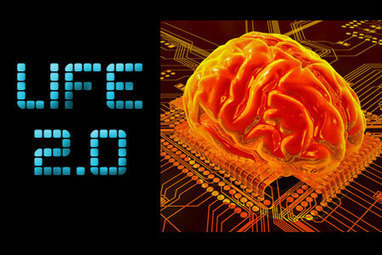I've been reading Ramez Naam's fantastic book "Nexus," which is set in a near-future where a powerful nano-drug allows human minds to connect together. In the story, a group of enterprising neuroscientists and engineers discover they can use the drug in a new way — to run a computer operating system inside their brains. Naam's characters telepathically communicate with each other using a mental chat app and even manipulate other people's bodies by gaining control of their brains' operating systems.
Sounds far-fetched, right?
It might not be as far-fetched as you think. From connecting a human brain to a basic tablet to help a paralyzed patient communicate with the outside world to memory-boosting brain implants and a prototype computer chip that runs on live neurons — the real world progress we're seeing today is nearly as strange as fiction.
Below are five stories we've published over the past year tracking the wild experiments and ideas of researchers pushing the boundaries of how human brains interact with machines.
Via Farid Mheir



 Your new post is loading...
Your new post is loading...









5 must read papers to understand where we stand in the area of direct brain communication with machines. In a nutshell; still very early.